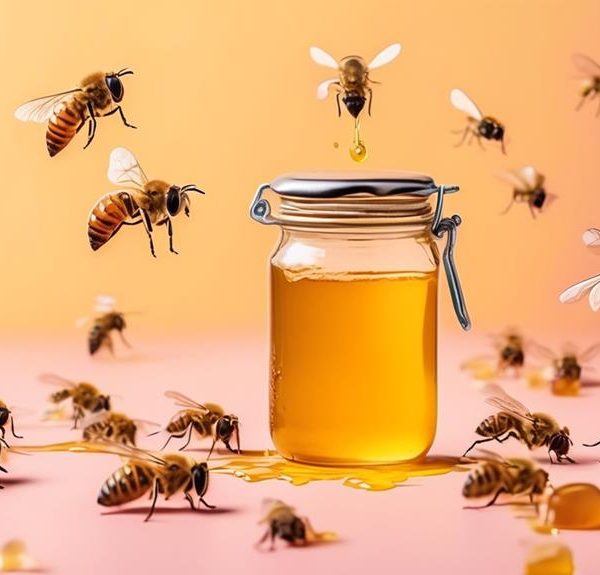Survival or symbiosis: delve into the intriguing dynamics between European hornets and honey bees to uncover nature's complex web.
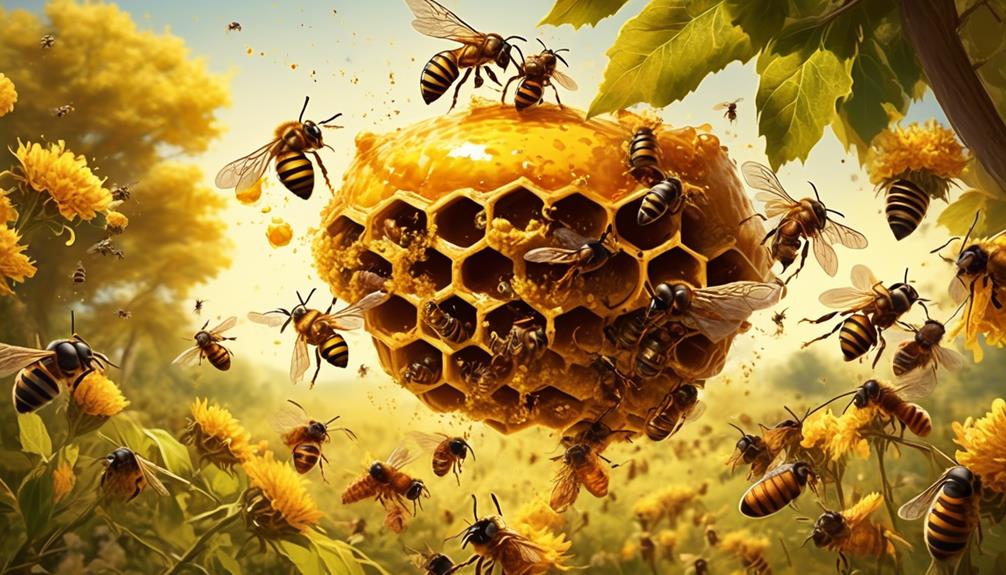
Are European Hornets Dangerous to Honey Bees?
Isn't it strange how nature, in its intricate web of life, can pit one species against the other? You've probably heard of the European hornet, a fearsome predator in the insect world, and the humble honey bee, a tireless pollinator. But have you ever wondered about the dynamics between these two?
It's a fascinating tale of survival, one that sheds light on the delicate balance of our ecosystem. And while you might be inclined to think that the European hornet's presence is an immediate threat to honey bees, the reality might not be so black and white. There's more to their interaction than meets the eye, and the deeper you dig, the more complex it becomes.
Key Takeaways
- European hornets pose a significant threat to honey bees through raiding hives for honey and larvae, leading to population decimation and disrupting hive functioning.
- Mitigation strategies such as regular monitoring, using traps, employing guards, using smoke, and removing nests near hives are crucial in reducing the impact of hornets on bees.
- The interaction between European hornets and honey bees showcases the struggle within nature and the importance of conservation efforts to protect bee populations.
- While European hornets play a role in controlling insect populations, their predation on honey bees can lead to ecological imbalance and stress among bee populations.
Understanding European Hornets
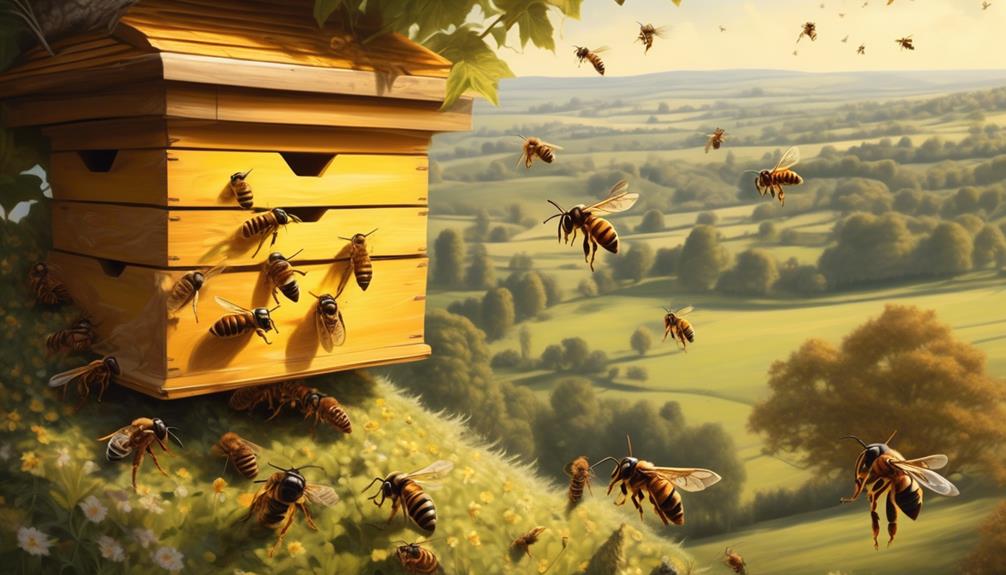
To fully comprehend the nature of European Hornets, it's crucial to delve into their unique attributes, behaviors, and ecological roles. As the largest of the true hornets, they're easily recognized by their size and coloration. The typical European Hornet, scientifically known as Vespa crabro, is approximately 1 inch in length with a distinct reddish-brown thorax and yellowish abdomen striped with brown.
Their behavior is fascinating. They're primarily nocturnal creatures, unlike other hornet species that are active during the day. This nocturnal activity, combined with their propensity to be attracted to light, often leads them to human habitats. You'll see them buzzing around your porch lights or smashing into windows, drawn by the glow.
Ecologically, these hornets play a pivotal role in controlling various insect populations. They're carnivorous, preying on a variety of insects including grasshoppers, flies, and yes, honey bees. However, it's important to remember that they're not inherently destructive to bee populations. They only pose a significant threat when their own populations reach unusually high levels. In a balanced ecosystem, they're simply another cog in the wheel, performing their role as nature intended.
Honey Bees: A Brief Overview

Switching gears, let's delve into the world of honey bees, scientifically known as Apis mellifera, renowned for their role in pollination and honey production. These industrious insects belong to the family Apidae and are native to Africa, Asia, and Europe. They've been introduced into various regions worldwide due to their economic and ecological importance.
You'll recognize honey bees by their distinctive yellow and black banding, although this can vary between subspecies. They're social insects, living in colonies that can reach up to 80,000 individuals. Each colony consists of a single egg-laying queen, a few hundred drones, and thousands of worker bees who maintain the hive, collect pollen and nectar, and care for brood.
Honey bees are critical pollinators, transferring pollen between flowers as they forage, facilitating plant reproduction. In fact, they're responsible for pollinating approximately one-third of the food crops we consume. Additionally, they're the only insect that produces food consumed by humans – honey.
However, honey bees face numerous threats, including habitat loss, pesticides, disease, and predators such as the European hornet. The survival and health of honey bee populations are essential for our ecosystems and food production.
Interaction Between Hornets and Bees
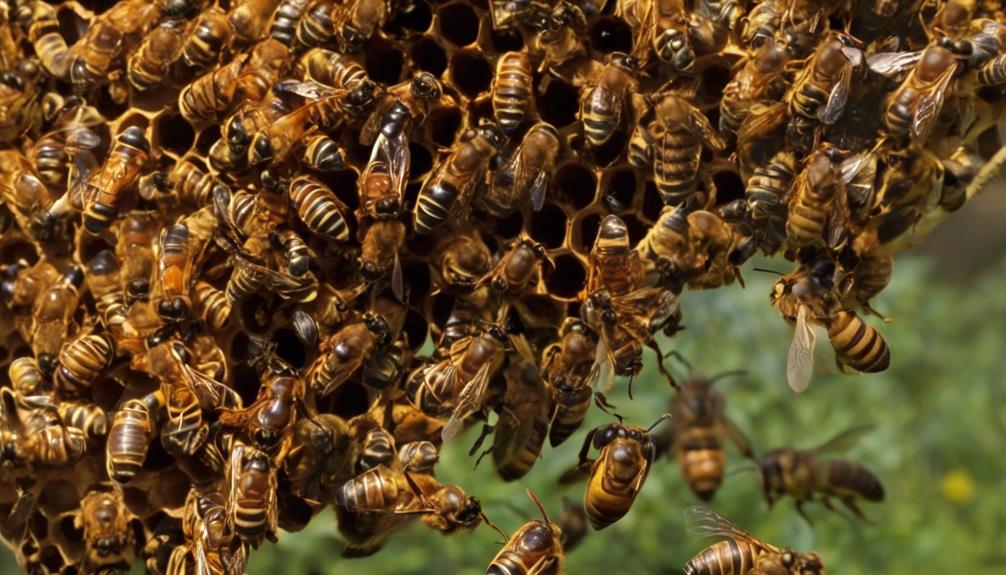
Despite their crucial impact on our ecosystems, honey bees often find themselves at odds with predators like the European hornet, setting up a complex and fascinating dynamic. You'll find that the interaction between these two species is a fierce and relentless battle for survival.
European hornets are known to raid honey bee hives. They're attracted by the sweet honey and the protein-rich larvae which they feed to their own offspring. They're not just casual visitors, they're invaders who can devastate a hive in very short order.
When a hornet finds a hive, it releases pheromones that attract more hornets. They'll then hover outside the hive, picking off bees one by one. The bees aren't defenseless though. They've developed an incredible defense mechanism called 'hot defensive bee balling'.
When a hornet attacks, a group of bees will surround it, vibrating their bodies and raising the temperature to over 45°C. This 'bee ball' essentially cooks the hornet alive, while the bees, who can survive at higher temperatures, remain relatively unscathed. This interaction, while brutal, is a striking example of the struggle that exists within nature.
Impact of European Hornets on Bees
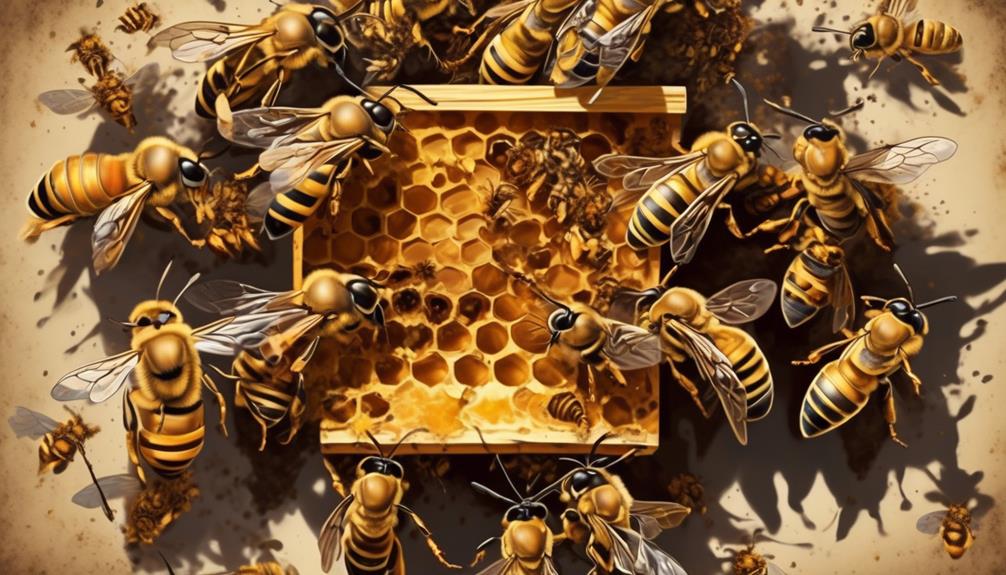
The relentless onslaught of European hornets on honey bee hives has a profound impact on the bee population, causing significant disruptions in their community structure and overall survival rates. You'd see that hornets, as voracious predators, can decimate entire hives in a short span of time.
Hornets' predation methods are brutal and swift. They'll swoop down on bees mid-flight, tearing them apart, or infiltrate hives, killing adult bees and devouring broods. This violent behavior not only reduces bee populations but also induces stress and panic, disrupting the hive's normal functioning.
The hornets' impact doesn't just stop at the physical. They also introduce a level of ecological imbalance. With a reduced number of bees, there's a decline in pollination. You see, bees aren't just honey producers; they're vital pollinators. Less bees mean less pollination, negatively affecting the reproduction of a wide range of plants, including those we rely on for food and other necessities.
Mitigation Strategies for Beekeepers
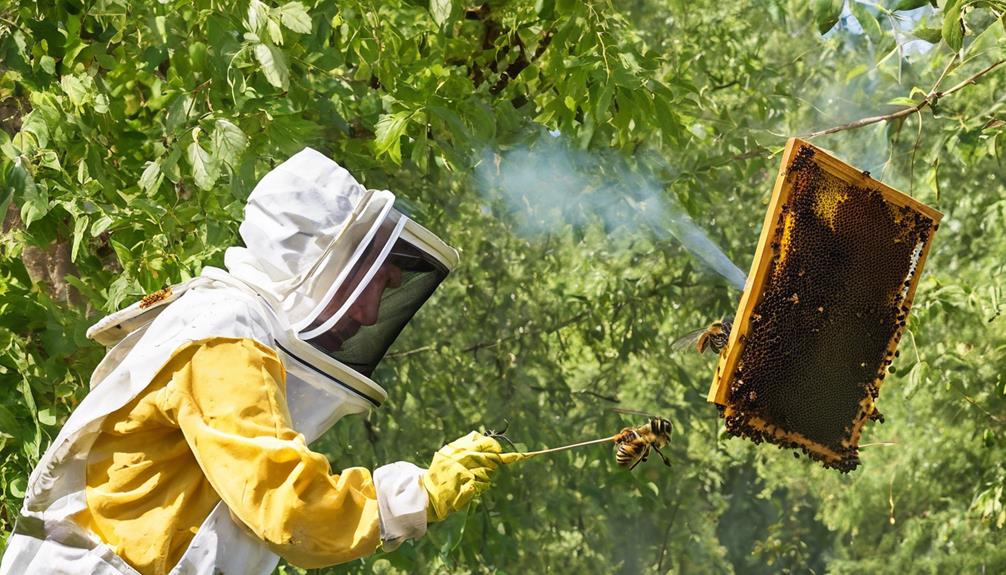
To combat the devastating impact of European hornets on their hives, beekeepers employ a variety of mitigation strategies aimed at both prevention and control. You, as a beekeeper, should consider implementing these methods to safeguard your bees.
Firstly, prevention is key. Monitor your hives regularly for signs of hornet activity. You'll often spot hornets hovering near the hive, indicating a potential threat. Use hornet traps near your hives. These traps, filled with sweet bait, attract the hornets and trap them, reducing their numbers and thereby their threat.
But what if hornets have already infiltrated your hive? You'll need to take control measures. Try using a hornet guard at the hive entrance. It's designed to allow bees in and out while keeping hornets at bay. Another method is using smoke. A puff of smoke at the hive entrance can deter hornets without harming your bees.
Remember, it's vital to remove any hornet nests near your hives. While this can be dangerous, professional assistance makes it safer.
These strategies aren't foolproof but they're effective in reducing hornet threats. Beekeeping is a battle, but with vigilance and the right strategies, you can protect your bees from European hornets.
Conclusion
In conclusion, you've seen that European hornets pose a significant threat to honey bees. They disrupt bee colonies, lead to decreased honey production, and can cause colony collapse.
As a beekeeper, you must implement mitigation strategies to protect your bees. Understanding hornet behavior and installing protective measures can help ensure your bees' survival.
It's not an easy task, but it's essential for maintaining a healthy bee population.


